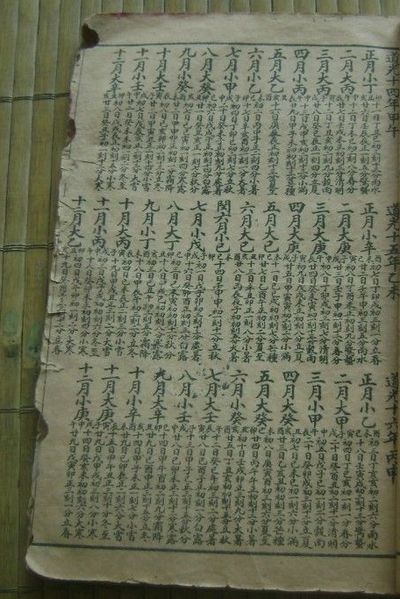A leap year is a calendar year that contains an additional day compared to a common year. The 366th day is added to keep the calendar year synchronised with the astronomical year or seasonal year. Since astronomical events and seasons do not repeat in a whole number of days, calendars having a constant number of days each year will unavoidably drift over time with respect to the event that the year is supposed to track, such as seasons. By inserting ("intercalating") an additional day—a leap day—or month—a leap month—into some years, the drift between a civilization's dating system and the physical properties of the Solar System can be corrected.
1800 calendar, showing that February had only 28 days.
A Swedish pocket calendar from 2008 showing 29 February
February 1900 calendar showing that 1900 was not a leap year
In the older Roman Missal, feast days falling on or after 24 February are celebrated one day later in a leap year.
A lunisolar calendar is a calendar in many cultures, incorporating lunar calendars and solar calendars. The date of lunisolar calendars therefore indicates both the Moon phase and the time of the solar year, that is the position of the Sun in the Earth's sky. If the sidereal year is used instead of the solar year, then the calendar will predict the constellation near which the full moon may occur. As with all calendars which divide the year into months there is an additional requirement that the year have a whole number of months. In some case ordinary years consist of twelve months but every second or third year is an embolismic year, which adds a thirteenth intercalary, embolismic, or leap month.
Record of the Chinese lunisolar calendar for 1834, 1835, and 1836 during the Qing dynasty under the Daoguang Emperor's Reign (道光十四年,道光十五年,道光十六年)
1729 Japanese calendar, which used the Jōkyō calendar procedure, published by Ise Grand Shrine






